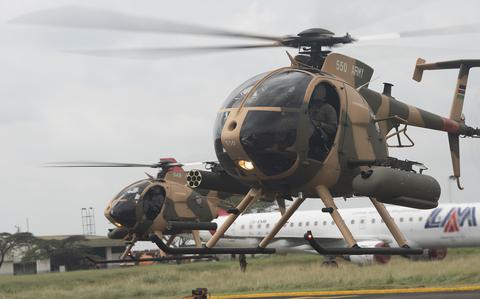Again, sorry for the delay....HC
(401) 01-04-2020-to-01-10-2020___****THE****WINDS****of****WAR****
WAR - 01-04-2020-to-01-10-2020___****THE****WINDS****of****WAR****
(402) 01-11-2020-to-01-17-2020___****THE****WINDS****of****WAR****
 xf.timebomb2000.com
xf.timebomb2000.com
--------------------
Posted today by Jward at 2:01 PM:
WAR - 01-11-2020-to-01-17-2020___****THE****WINDS****of****WAR****
----------------------
Posted for fair use.....
:quality(70)/cloudfront-us-east-1.images.arcpublishing.com/archetype/7K2W7PGF3BASFEMSIQREZ7UNSI.jpg)
 www.marinecorpstimes.com
www.marinecorpstimes.com
Commandant calls for ‘best and brightest’ Marines to serve in the III Marine Expeditionary Force
Philip Athey
1 day ago
Commandant of the Marine Corps Gen. David Berger has called on Marine leaders to identify the best performing Marines and mentor them into serving in the Pacific, according to an administrative message released Tuesday.
The MARADMIN is part of a general push by Berger in his planning guidance to build a Marine Corps focused on countering the rising military threat of China.
“Commanding Generals, Commanding Officers, Senior Enlisted Leaders, and mentors of every rank should actively mentor and identify our highest quality NCOs, SNCOs, and officers for duty in the Pacific,” Berger wrote.
/arc-anglerfish-arc2-prod-mco.s3.amazonaws.com/public/ERG2SEQC6NEOJNUQGEVPKLOX7M.jpg)
Your next commandant: Can he push the Marine Corps past the era of counterinsurgency?
Why Lt. Gen. David H. Berger was chosen to lead Marines into the next big fight.
Shawn Snow
Berger has said he sees China’s developing naval force and increasing expansion in the Pacific as a game-changer, one that requires the Marine Corps to build up new capabilities and increase its integration with the Navy.
One of the most important units in the commandant’s plan is the III Marine Expeditionary Force, headquartered in Okinawa, Japan, often seen as one of the least desirable postings in the Marine Corps ― an attitude Berger acknowledges in the message.
Berger’s visions for the Marine Corps emphasizes a renewed focus on priority toward “III MEF’s ability to provide ready, stand-in forces in support of INDO-PACOM and Commander, 7th Fleet,” the MARADMIN reads. “Ultimately, this requires a change of attitude about what it means to serve in the Pacific."
The commandant’s sentiments were echoed by Sergeant Major of the Marine Corps, Sgt. Maj. Troy Black, during the Force Level Summit in Okinawa, Japan mid-January.
“III MEF, as far as the Marine Corps is concerned, has not been the staffing priority,” said Black. “As we see this strategic shift towards the pacific, III MEF can no longer be at the end of the food chain," according to III MEF release on DVIDS.
In order to get the top Marines to serve in the Pacific, Marines “should first consider opportunities to serve overseas,” whenever those positions are available, Berger said in the MARADMIN.
“Marines are ‘first to fight’, always moving to the sound of the guns,” he wrote in the MARADMIN. “My priorities towards INDO-PACOM ultimately require our best and brightest to seek assignments with III MEF because the problem at hand will require our collective problem-solving skills to overcome."
About Philip Athey
(401) 01-04-2020-to-01-10-2020___****THE****WINDS****of****WAR****
WAR - 01-04-2020-to-01-10-2020___****THE****WINDS****of****WAR****
(402) 01-11-2020-to-01-17-2020___****THE****WINDS****of****WAR****
WAR - 01-11-2020-to-01-17-2020___****THE****WINDS****of****WAR****
Sorry for the delay....HC (400) 12-28-2019 -to- 01-03-2020__****THE****WINDS****of****WAR**** WAR - 12-28-2019-to-01-03-2020___****THE****WINDS****of****WAR**** (401) 01-04-2020-to-01-10-2020___****THE****WINDS****of****WAR****...
--------------------
Posted today by Jward at 2:01 PM:
WAR - 01-11-2020-to-01-17-2020___****THE****WINDS****of****WAR****
----------------------
Posted for fair use.....
:quality(70)/cloudfront-us-east-1.images.arcpublishing.com/archetype/7K2W7PGF3BASFEMSIQREZ7UNSI.jpg)
Commandant calls for ‘best and brightest’ Marines to serve in the III Marine Expeditionary Force
“Commanding Generals, Commanding Officers, Senior Enlisted Leaders, and mentors of every rank should actively mentor and identify our highest quality NCOs, SNCOs, and officers for duty in the Pacific."
Commandant calls for ‘best and brightest’ Marines to serve in the III Marine Expeditionary Force
Philip Athey
1 day ago
Commandant of the Marine Corps Gen. David Berger has called on Marine leaders to identify the best performing Marines and mentor them into serving in the Pacific, according to an administrative message released Tuesday.
The MARADMIN is part of a general push by Berger in his planning guidance to build a Marine Corps focused on countering the rising military threat of China.
“Commanding Generals, Commanding Officers, Senior Enlisted Leaders, and mentors of every rank should actively mentor and identify our highest quality NCOs, SNCOs, and officers for duty in the Pacific,” Berger wrote.
/arc-anglerfish-arc2-prod-mco.s3.amazonaws.com/public/ERG2SEQC6NEOJNUQGEVPKLOX7M.jpg)
Your next commandant: Can he push the Marine Corps past the era of counterinsurgency?
Why Lt. Gen. David H. Berger was chosen to lead Marines into the next big fight.
Shawn Snow
Berger has said he sees China’s developing naval force and increasing expansion in the Pacific as a game-changer, one that requires the Marine Corps to build up new capabilities and increase its integration with the Navy.
One of the most important units in the commandant’s plan is the III Marine Expeditionary Force, headquartered in Okinawa, Japan, often seen as one of the least desirable postings in the Marine Corps ― an attitude Berger acknowledges in the message.
Berger’s visions for the Marine Corps emphasizes a renewed focus on priority toward “III MEF’s ability to provide ready, stand-in forces in support of INDO-PACOM and Commander, 7th Fleet,” the MARADMIN reads. “Ultimately, this requires a change of attitude about what it means to serve in the Pacific."
The commandant’s sentiments were echoed by Sergeant Major of the Marine Corps, Sgt. Maj. Troy Black, during the Force Level Summit in Okinawa, Japan mid-January.
“III MEF, as far as the Marine Corps is concerned, has not been the staffing priority,” said Black. “As we see this strategic shift towards the pacific, III MEF can no longer be at the end of the food chain," according to III MEF release on DVIDS.
In order to get the top Marines to serve in the Pacific, Marines “should first consider opportunities to serve overseas,” whenever those positions are available, Berger said in the MARADMIN.
“Marines are ‘first to fight’, always moving to the sound of the guns,” he wrote in the MARADMIN. “My priorities towards INDO-PACOM ultimately require our best and brightest to seek assignments with III MEF because the problem at hand will require our collective problem-solving skills to overcome."
About Philip Athey


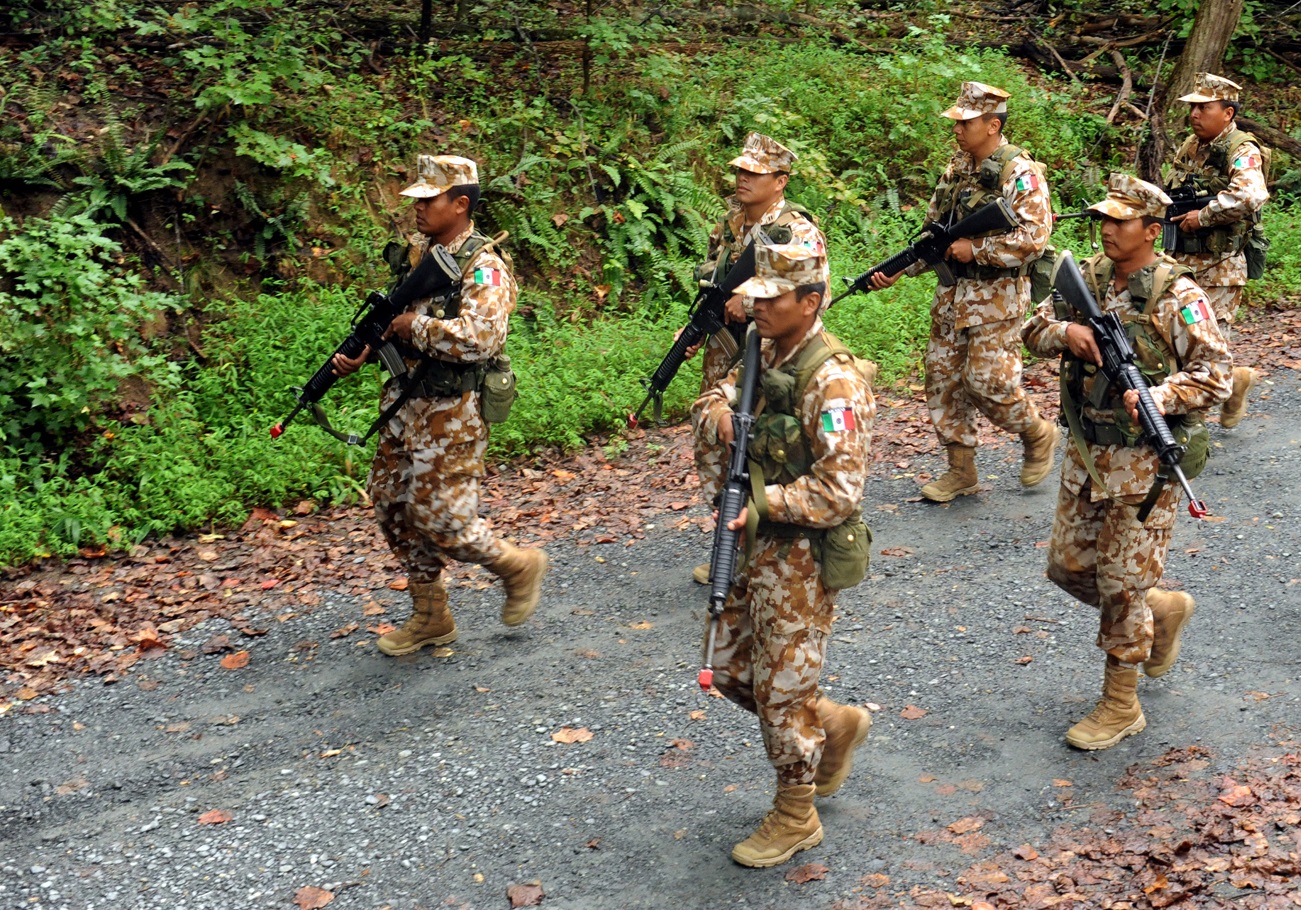

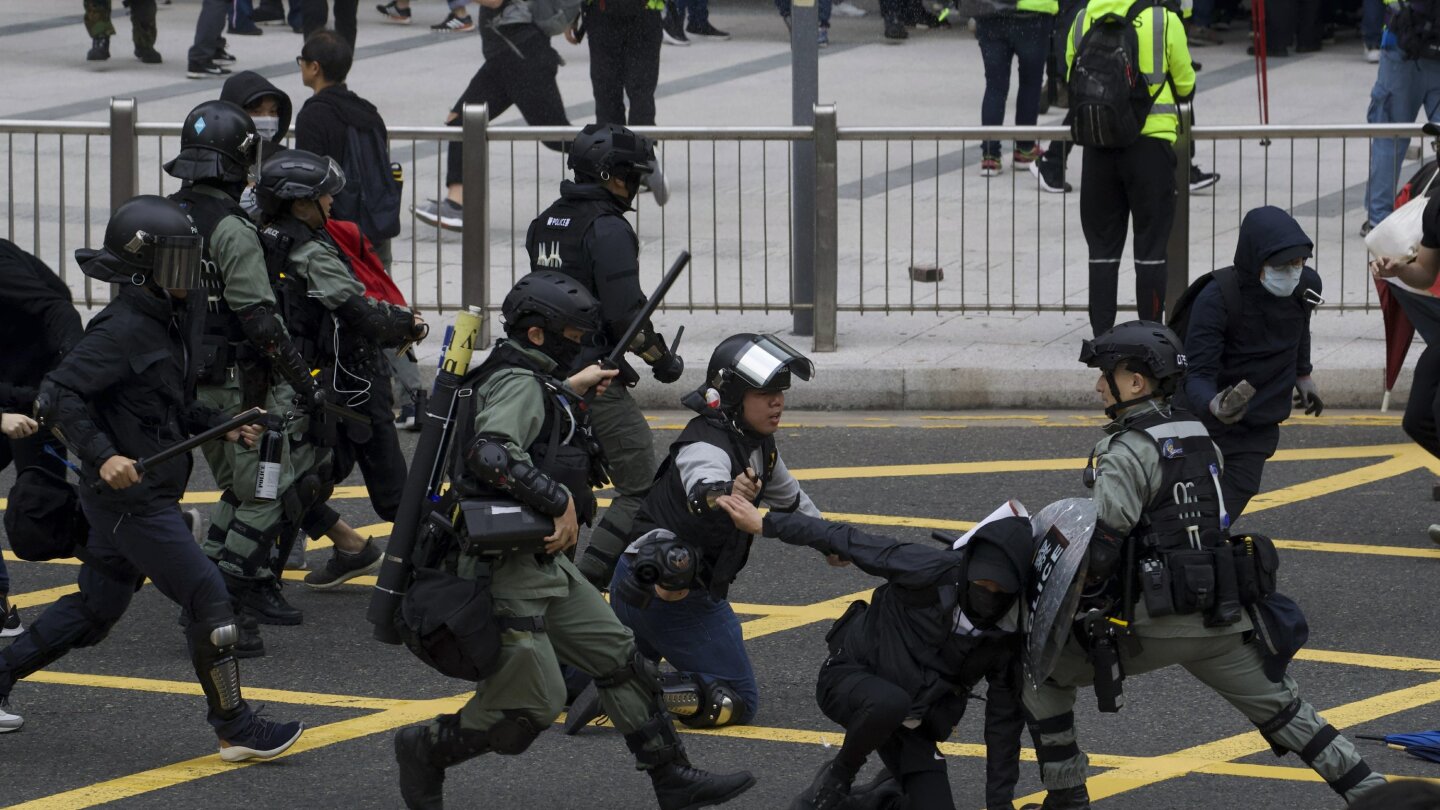
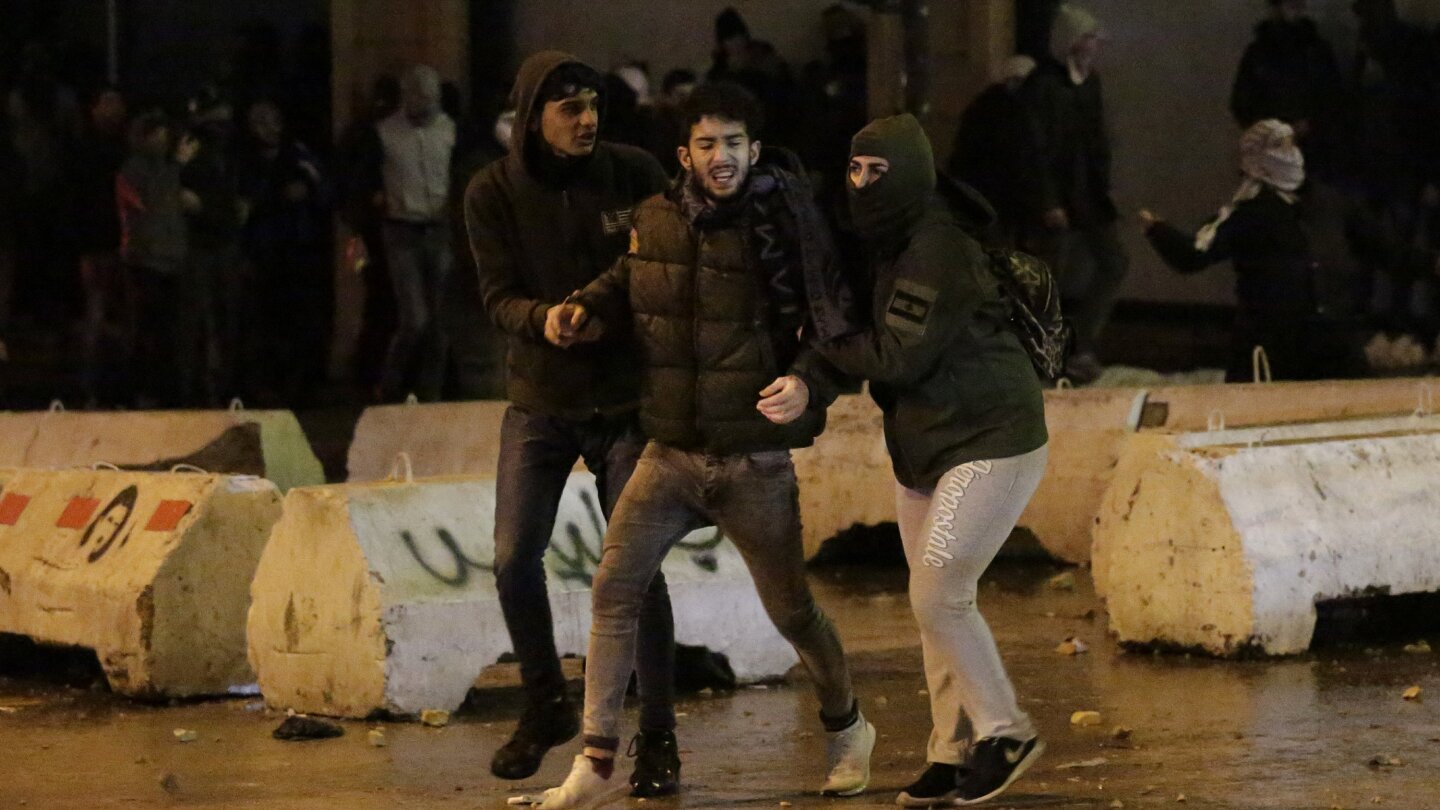




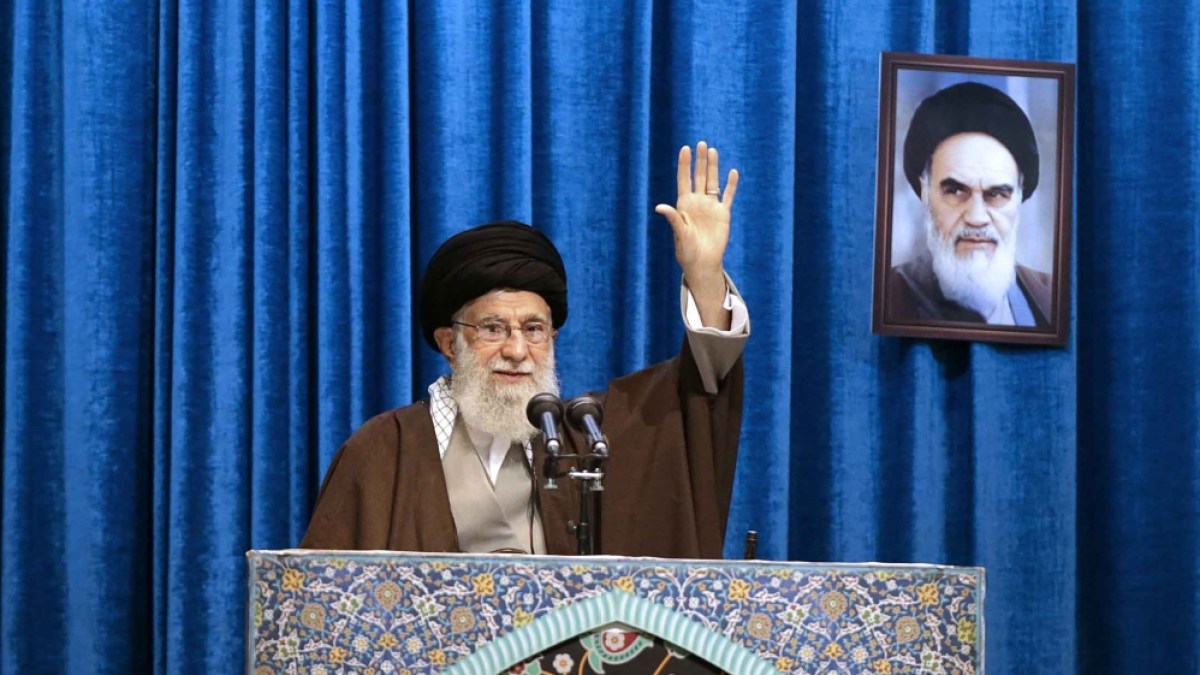
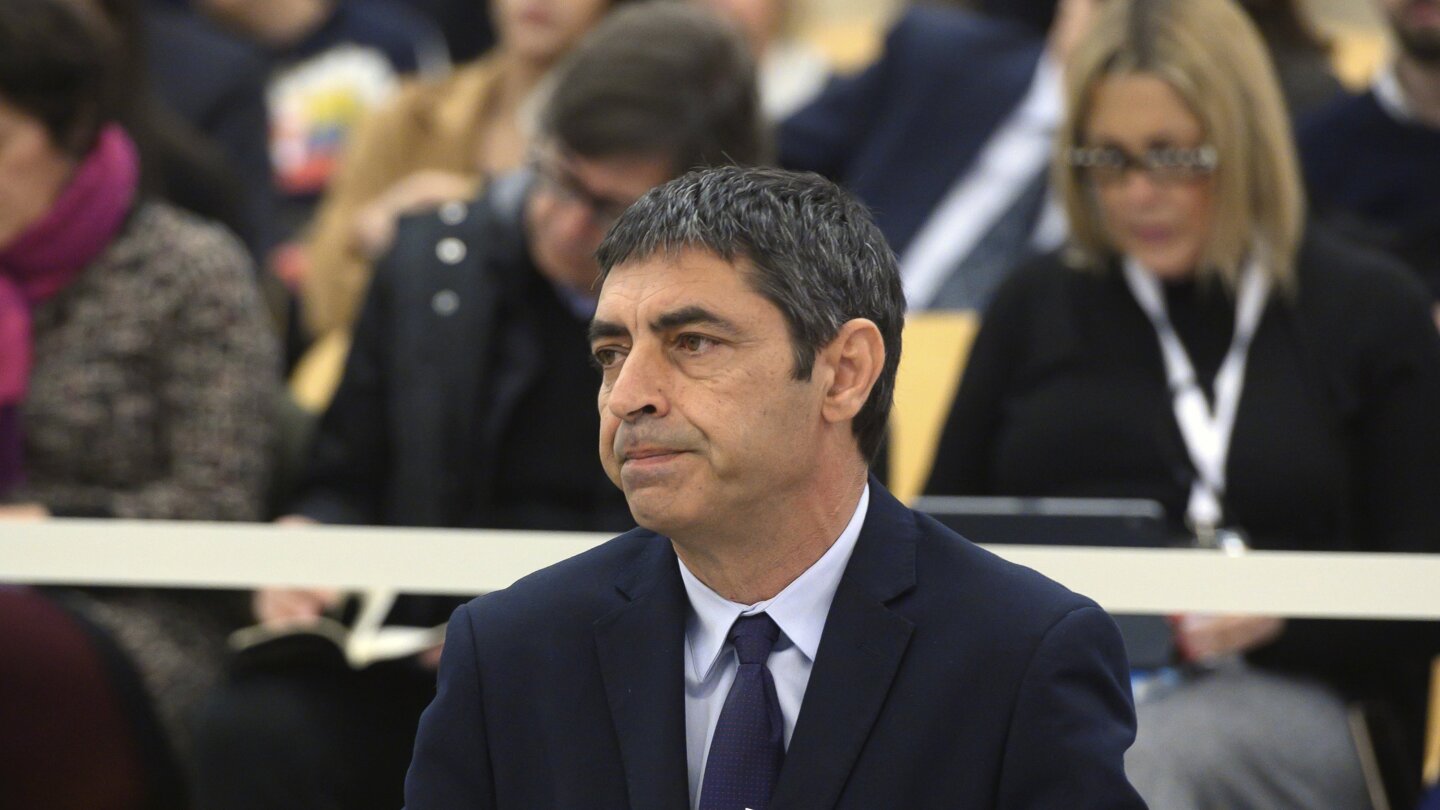
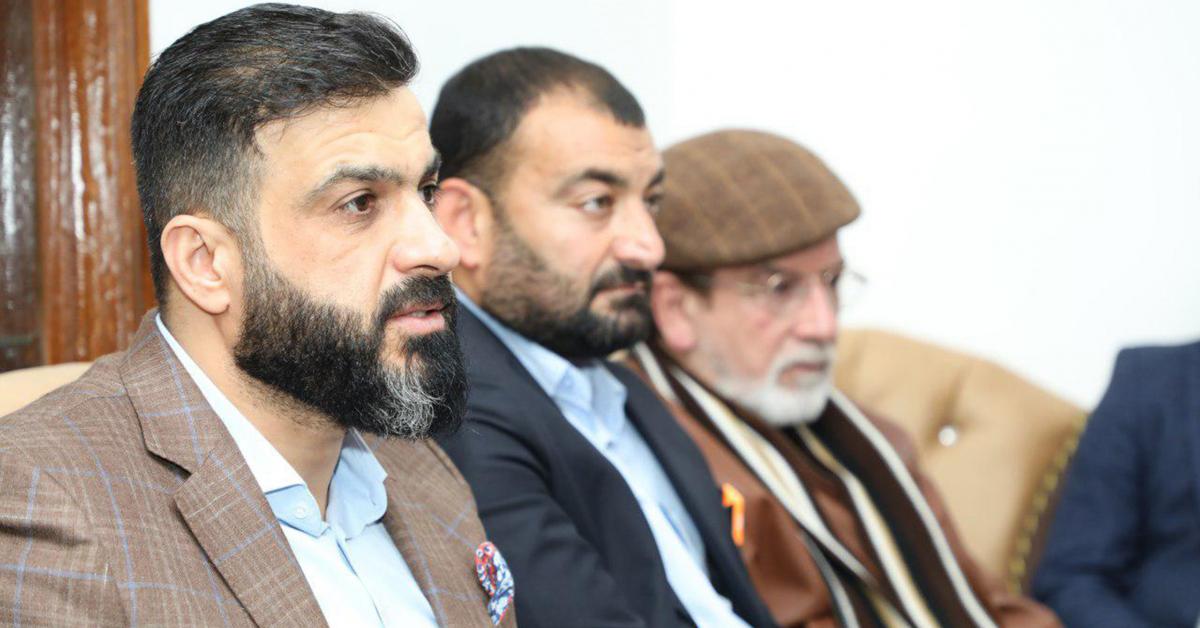


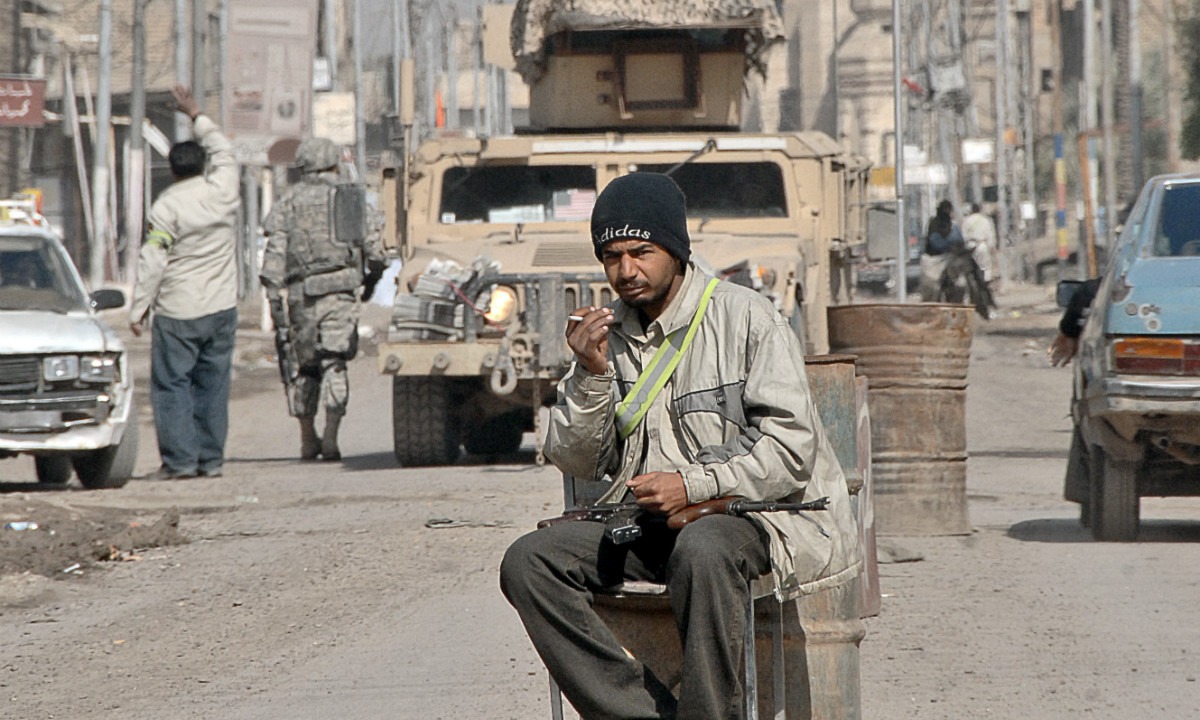





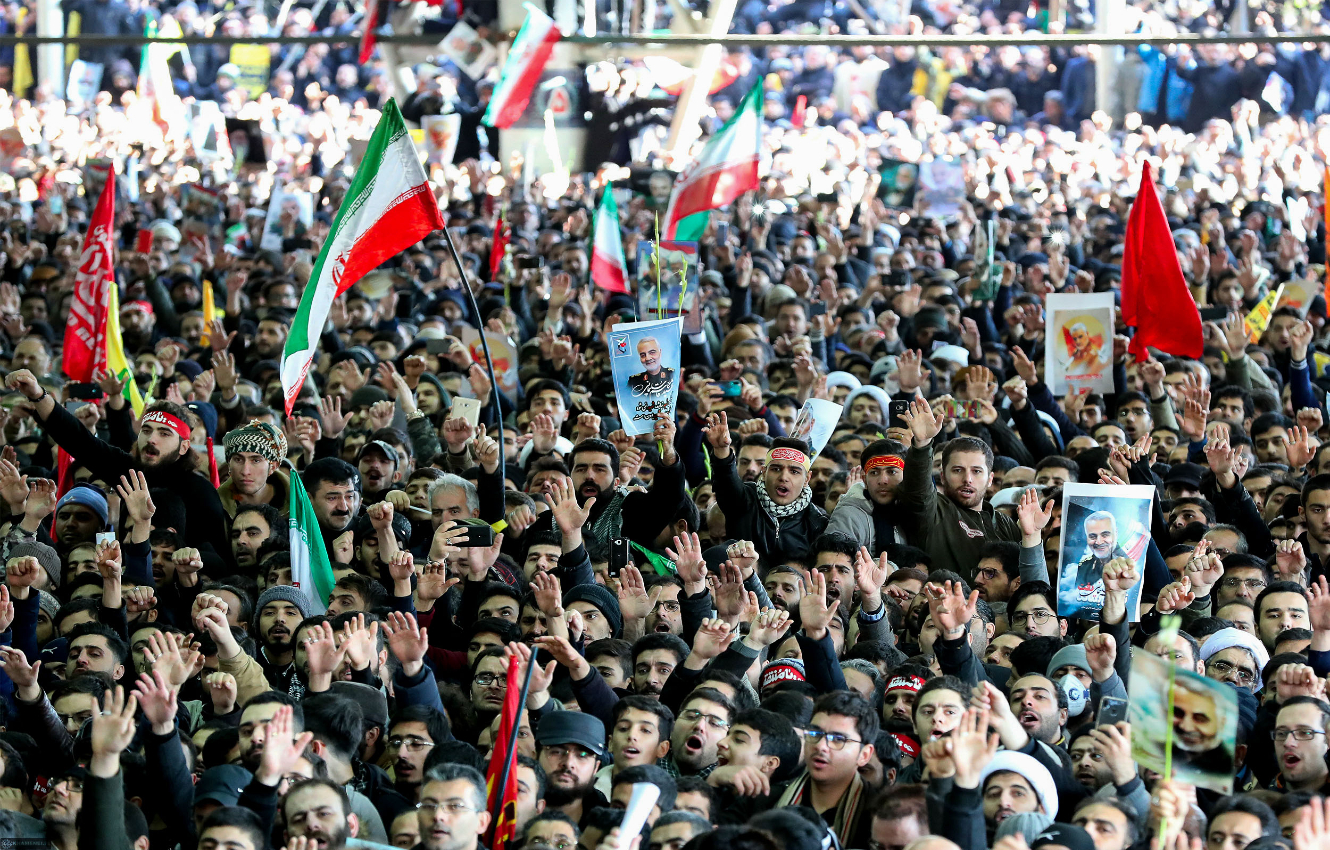

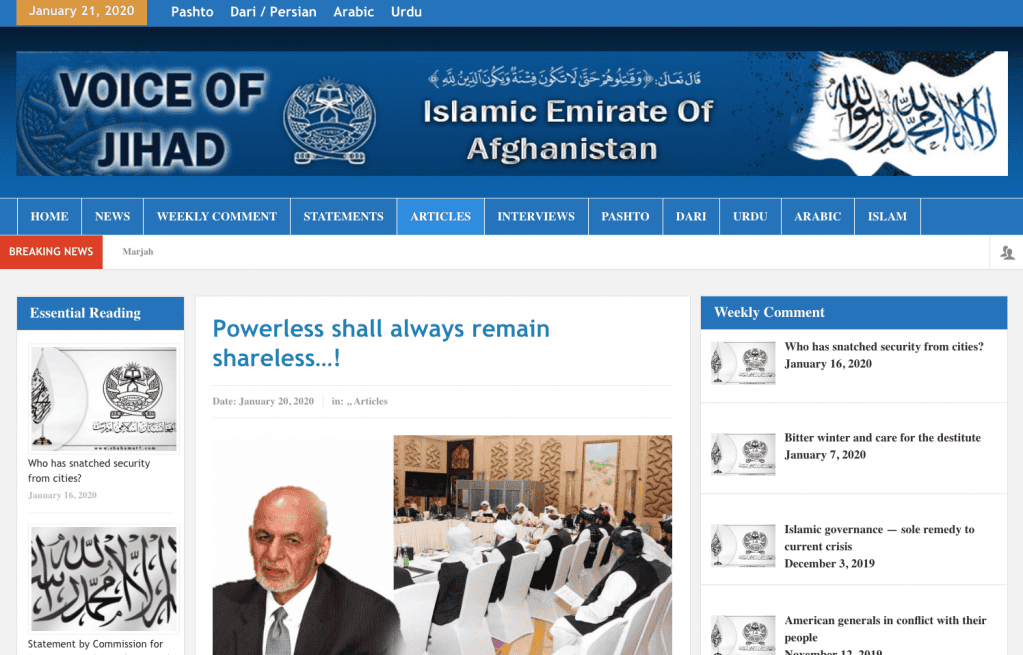


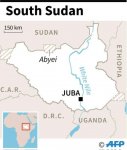
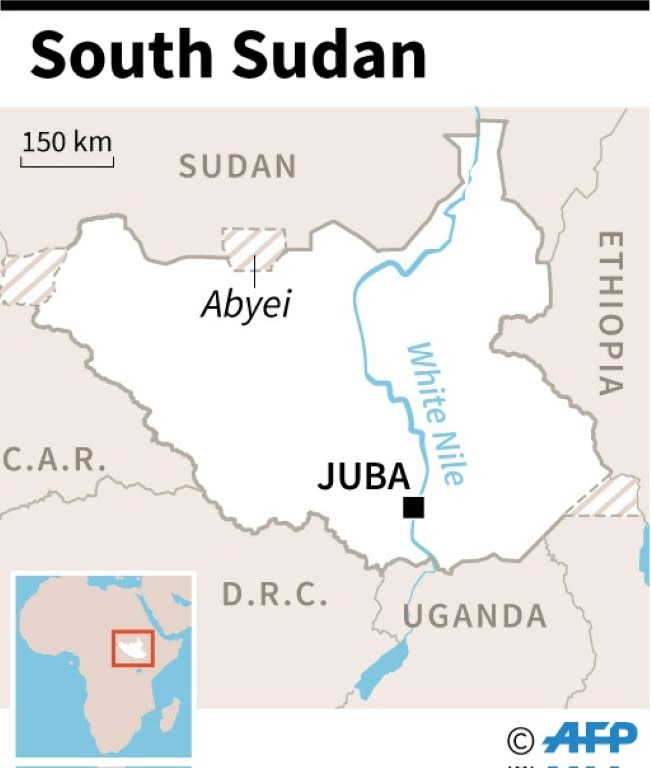
/arc-anglerfish-arc2-prod-mco.s3.amazonaws.com/public/ZQDXC32XFBFIXOZALMM76PS2TI.jpg)
/arc-anglerfish-arc2-prod-mco.s3.amazonaws.com/public/HXS6WC35VFGDTJB4QWT4N5C3CU.jpg)
:quality(70)/cloudfront-us-east-1.images.arcpublishing.com/archetype/ZQDXC32XFBFIXOZALMM76PS2TI.jpg)







